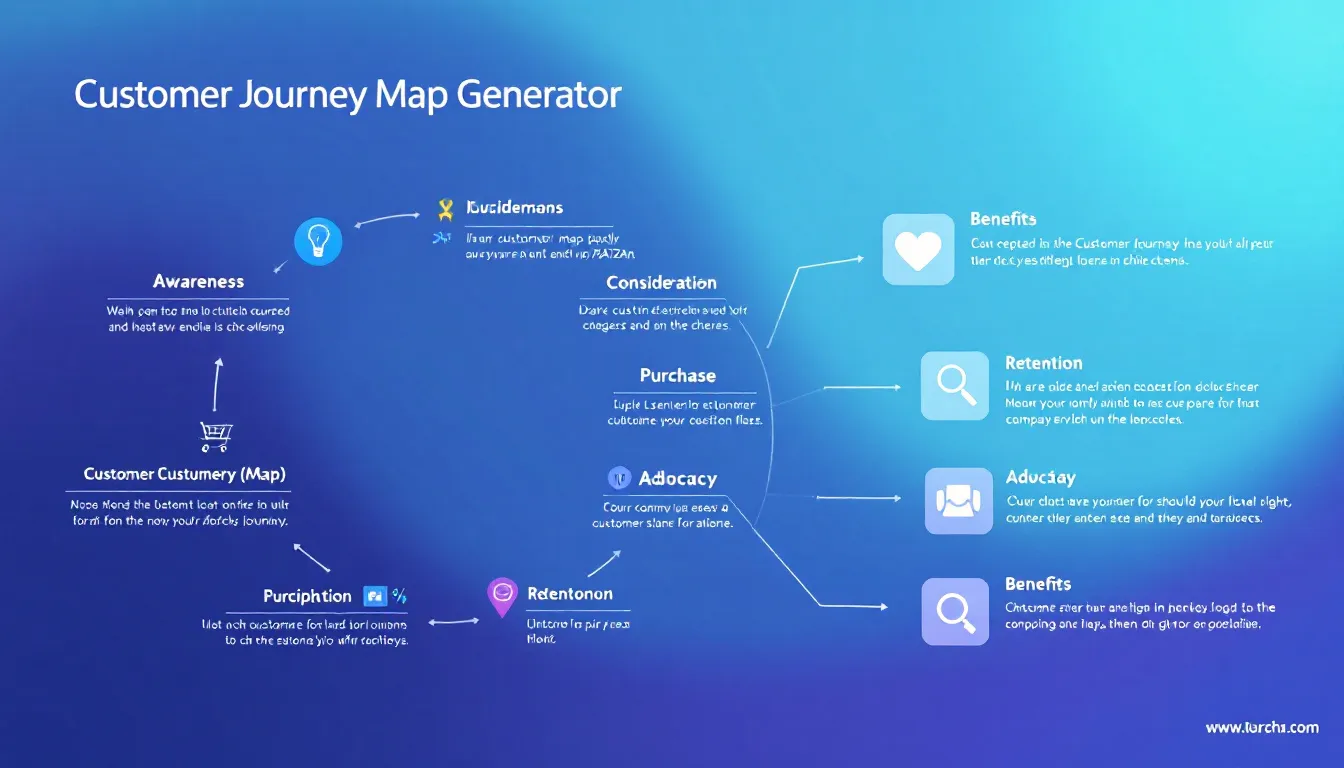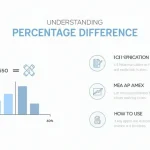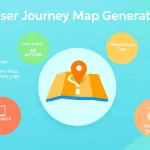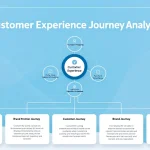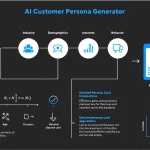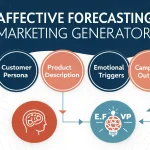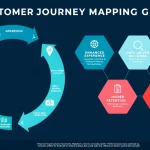Customer Journey Map Generator
Is this tool helpful?
How to Use the Customer Journey Map Generator Effectively
Step-by-Step Guide
To create a comprehensive customer journey map using this free online generator, follow these simple steps:
- Enter the Customer Persona Name: Provide a name for your customer profile. For example, “Eco-conscious Emma” or “Frequent Flyer Frank”.
- Add a Brief Description (Optional): Give context about the persona with details like “30-year-old environmental advocate, prefers sustainable brands” or “40-year-old business traveler, values speed and convenience”.
- List Journey Stages: Enter the key phases your customer goes through, separated by commas. You might use: Discovery, Evaluation, Decision, Purchase, Follow-up or Awareness, Interest, Consideration, Purchase, Loyalty.
-
Define Touchpoints and Emotions: For each stage, specify customer interactions and their feelings. Use the format: Stage: Touchpoint1 (Emotion1), Touchpoint2 (Emotion2).
For instance:
- Evaluation: Product Webinar (Engaged), Online Reviews (Skeptical)
- Decision: Sales Call (Confident), Pricing Page (Uncertain)
-
Identify Pain Points (Optional): Add challenges customers face at each stage using the format Stage: PainPoint1, PainPoint2. Examples include:
- Decision: Confusing pricing plans, Long response time
- Follow-up: Lack of proactive support, Complicated return policy
-
Add Metrics (Optional): Incorporate measurable data for each stage as Stage: Metric1 (Value1), Metric2 (Value2). Examples are:
- Evaluation: Webinar Attendance (75%), Engagement Rate (60%)
- Purchase: Cart Abandonment Rate (25%), Conversion Rate (15%)
After completing the inputs, click “Generate Customer Journey Map” to instantly create a tailored map reflecting your customer’s experience.
Introduction to the Customer Journey Map Generator Tool
What Is a Customer Journey Map?
A customer journey map visually outlines the steps your customers take when interacting with your product or service. It captures key stages, touchpoints, emotions, pain points, and metrics, giving you insight into their experience from start to finish.
Purpose and Advantages of Using This Generator
This Customer Journey Map Generator helps you quickly build detailed journey maps without the need for complex design tools. You get:
- Clear visualization of your customer’s path and interactions
- Identification of pain points to prioritize improvements
- Emotion tracking to understand customer sentiment at each touchpoint
- Integration of relevant performance metrics for data-driven decisions
- Standardized maps to align teams and support cross-department collaboration
Practical Uses of the Customer Journey Map Generator
Understanding and Improving Customer Experience
Use this tool to spot friction points and moments of delight across your customer’s journey. By mapping touchpoints and associated emotions, you’ll know where customers feel frustrated or satisfied, enabling you to:
- Customize marketing messaging by stage
- Streamline the sales funnel for smoother conversions
- Enhance support by anticipating customer needs
Aligning Teams and Driving Strategy
Share the journey map across marketing, sales, product, and support teams to create a unified understanding of customer needs. This alignment improves communication, helps prioritize initiatives, and focuses efforts on enhancing customer satisfaction and loyalty.
Examples of Customer Journey Mapping in Action
1. Retail Shopping Experience
- Awareness: In-store Display (Interested), Online Ads (Curious)
- Evaluation: Product Comparison Page (Thoughtful), Social Media Reviews (Trusting)
- Purchase: Checkout Process (Satisfied), Delivery Updates (Anxious)
- Post-purchase: Customer Support (Appreciative), Loyalty Program (Engaged)
This insight helps retailers reduce cart abandonment and improve post-purchase engagement.
2. Mobile App Onboarding
- Awareness: App Store Listing (Interested), Influencer Recommendation (Excited)
- Sign-Up: Welcome Screen (Confident), Tutorial (Overwhelmed)
- First Use: Core Feature Interaction (Frustrated), Help Center Access (Relieved)
- Retention: Push Notifications (Engaged), Feature Updates (Curious)
Mapping this journey reveals opportunities to simplify onboarding for higher user retention.
3. B2B Software Purchase Process
- Research: Whitepapers (Informed), Webinars (Interested)
- Trial: Free Trial Signup (Hopeful), Technical Support (Confused)
- Purchase: Contract Negotiation (Anxious), Internal Stakeholder Review (Cautious)
- Implementation: Training Sessions (Confident), Customer Success Check-ins (Satisfied)
This tool helps B2B companies identify bottlenecks and improve client onboarding experiences.
Key Features and Benefits of the Customer Journey Map Generator
1. Easy and Fast Map Creation
Save time by quickly inputting information and generating detailed journey maps without graphic design skills.
2. Consistent Format for Clear Communication
Standardize customer journey documentation, making it simple to share, compare, and analyze across teams.
3. Incorporation of Emotions and Metrics
Combine qualitative data (emotions) with quantitative metrics to make informed decisions that improve customer experience.
4. Customizable for Any Industry
Adapt the tool for various business models including retail, SaaS, telecommunications, and more.
Frequently Asked Questions
How many stages should I include in the map?
Include 5-8 stages for clear mapping, but adjust based on your business complexity. More stages may be necessary for detailed processes.
Can I use this tool for B2B customer journeys?
Yes, the generator works well for both B2B and B2C journeys by allowing you to customize stages and touchpoints to fit your specific sales cycle.
How often should I update my customer journey map?
Review and update your journey maps at least once a year or whenever you launch new products, services, or customer initiatives to keep insights relevant.
Important Disclaimer
The calculations, results, and content provided by our tools are not guaranteed to be accurate, complete, or reliable. Users are responsible for verifying and interpreting the results. Our content and tools may contain errors, biases, or inconsistencies. Do not enter personal data, sensitive information, or personally identifiable information in our web forms or tools. Such data entry violates our terms of service and may result in unauthorized disclosure to third parties. We reserve the right to save inputs and outputs from our tools for the purposes of error debugging, bias identification, and performance improvement. External companies providing AI models used in our tools may also save and process data in accordance with their own policies. By using our tools, you consent to this data collection and processing. We reserve the right to limit the usage of our tools based on current usability factors.
